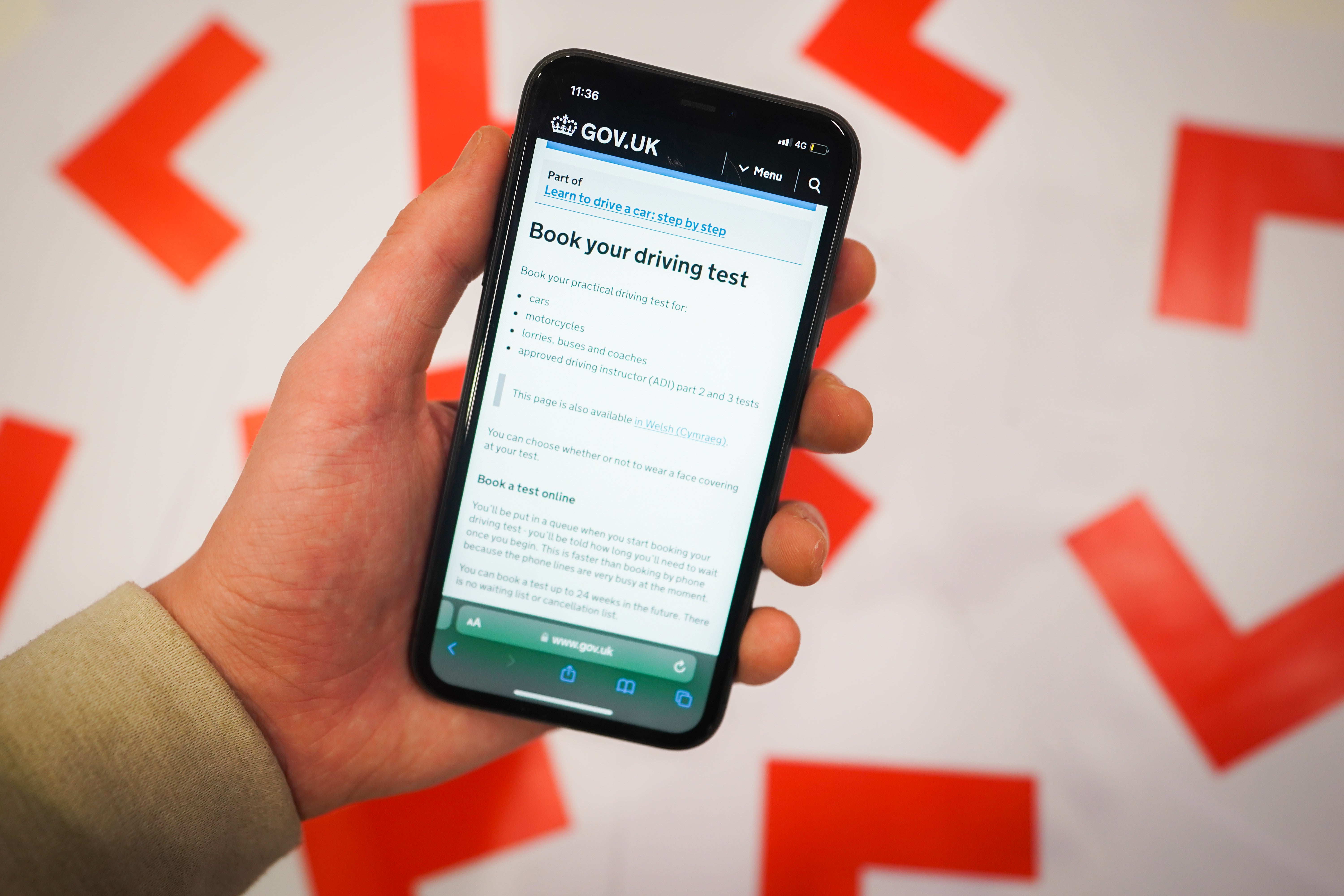Learner drivers in Britain are facing record waiting times for practical driving tests, according to new research.
Analysis of Driver and Vehicle Standards Agency (DVSA) data by AA Driving School reveals the average wait time ballooned to 20 weeks in February, a significant jump from the 14-week average a year earlier. This means many learners are waiting five months for a test.
The figures also expose a stark increase in test centres with maximum waiting times. The number of centres with a 24-week wait – the longest possible – nearly doubled, rising from 94 to 183. This bottleneck further exacerbates the challenges faced by learners eager to get on the road.
The DVSA aims to have a nationwide average waiting time of seven weeks by the end of the year. However, as of February, only 14 test centres were meeting or exceeding this target, highlighting the scale of the backlog. The extended waiting times add further pressure to learner drivers, who are already grappling with the cost of lessons and the increasing demand for driving instructors.
The Department for Transport (DfT) has previously announced a series of measures aimed at tackling the backlog.
From April 8, it will only be possible to make changes up to 10 working days before a booked test slot, compared with three working days currently.
DfT officials hope this will incentivise learners to wait until they are ready to pass before they book a test, and encourage people to pull out of tests sooner, meaning there is more chance their spot can be taken by someone else.
There is also a campaign to recruit and train 450 new driving examiners.

Emma Bush, managing director of AA Driving School, said: “We are pleased the DVSA has laid out its plans to reach an average waiting time of seven weeks by December 2025, and wholeheartedly support their goal.
“It is crucial efforts to meet this target are effective and result in this significant reduction.
“There are rising numbers of young people who are registered as economically inactive.
“Bringing down driving test waiting times is vital to ensure a lack of driving licence does not become an ongoing barrier for young people trying to access education and employment.
“The most effective way to ensure waiting times are brought down is to increase the number of test slots available by increasing the overall number of driving test examiners.”
Latest DfT statistics show the proportion of 17 to 20-year-olds in England who hold a driving licence fell from 35% in 2019 to 29% in 2023.
Meanwhile, the percentage of people in the UK aged 18 to 24 not in education, employment or training rose from 12.4% in the final three months of 2019 to 15.8% during the same period last year.
A DVSA spokesperson said: “Car practical test waiting times remain high due to an increase in demand and low customer confidence in driving test availability, resulting in a change in customers’ booking behaviour.
“We continue to work on implementing our seven-point plan to reduce waiting times and encouraging learner drivers to only book their driving test when their instructor agrees they are ready.
“Since launching our plan in December 2024, we are making progress towards recruiting and training 450 driving examiners across Great Britain.”

